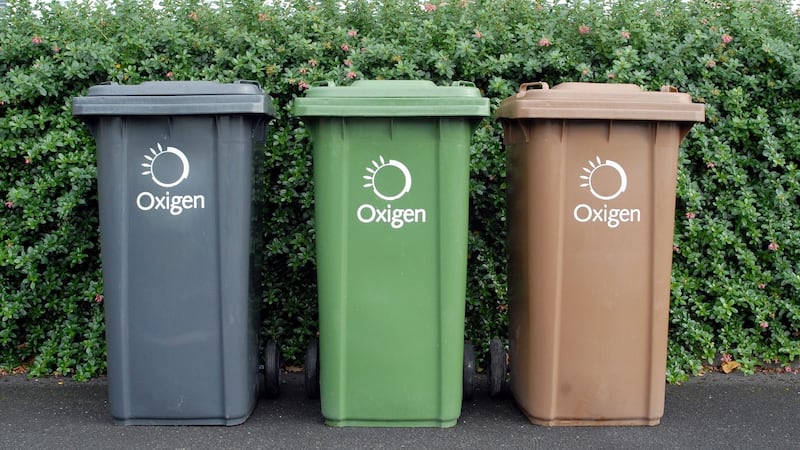Office leasing in Dublin has fallen to its lowest level in more than a decade when you strip out the pandemic years, according to a report by commercial property group JLL Ireland.
The group said there were low levels of leasing activity in the opening quarter at 196,000sq ft across 31 deals.
The volume of space was down 44 per cent on the previous quarter and 63 per cent below the five-year quarterly average. Additionally, the average deal size dropped to 6,346sq ft, which represented a decline of 56 per cent from the pre-pandemic five-year annual average.
Outside of the pandemic years in 2020 and 2021, it was the lowest quarterly volume of space leased since 2013.
RM Block
Despite the subdued leasing activity, occupiers were active, with the volume of space reserved standing at 800,000sq ft.
That represented a quarter-on-quarter increase of 35.8 per cent, while it was 20 per cent above the average quarterly reserved space in 2023. JLL said the sharp rise in reserved space indicates that the cycle is “likely near its bottom”.
The vacancy rate in the market was 15.4 per cent, up from 14.9 per cent in the previous quarter.
“When the vacancy rate strips out Grade B and Grade C vacancies, space that is at risk of being functionally obsolete by 2030, and views the market through the scope of Grade A+/A space, the vacancy rate is 7.8 per cent,” the group said.
Sublease and assignment space, known as “grey space”, was described as a “significant factor” in Dublin’s vacancy rate.
It reached a record high after increasing 18 per cent year-on-year, but JLL said it is anticipated this volume of space will decline as the year progresses.
[ Investment in commercial real estate plummets to lowest level since 2013Opens in new window ]
“Anecdotally, a number of occupiers have expressed that they will likely take their grey space off the market as greater visibility emerges on the economy and an uptick in employees returning to the office,” the report said.
Dublin 2 and Dublin 4 sub-locations contain the majority of grey space, with 885,000sq ft and 500,000sq ft respectively.
Notable buildings with available grey space include Fibonacci Square in Ballsbridge, One Park Place on Hatch Street, and the remaining space at Cadenza on Earlsfort Terrace.
“Despite an increase in Dublin’s vacancy rate, the flight to quality has led to strong demand for top-tier properties,” the report said.
Recent research from JLL noted that if buildings are not “future-proofed” it is estimated that 61 per cent of the Dublin office market will become “functionally obsolete” by 2030.
Niall Gargan, head of research for JLL Ireland, said: “Demand for sustainable, low carbon space is growing. However, our research shows that supply will struggle to keep pace without increased levels of retrofitting.
“In Dublin, this will become an acute problem by 2027 when the pipeline of new deliverable space will become non-existent, and only 39 per cent of the market will be able to function in a future where high sustainability standards will be the norm.”
He added that the state of play “is clear” and that corporate occupiers must show proof of progress in their commitment to operate more sustainably, and buildings “need to catch up”.
- Sign up for Business push alerts and have the best news, analysis and comment delivered directly to your phone
- Find The Irish Times on WhatsApp and stay up to date
- Our Inside Business podcast is published weekly - Find the latest episode here




















